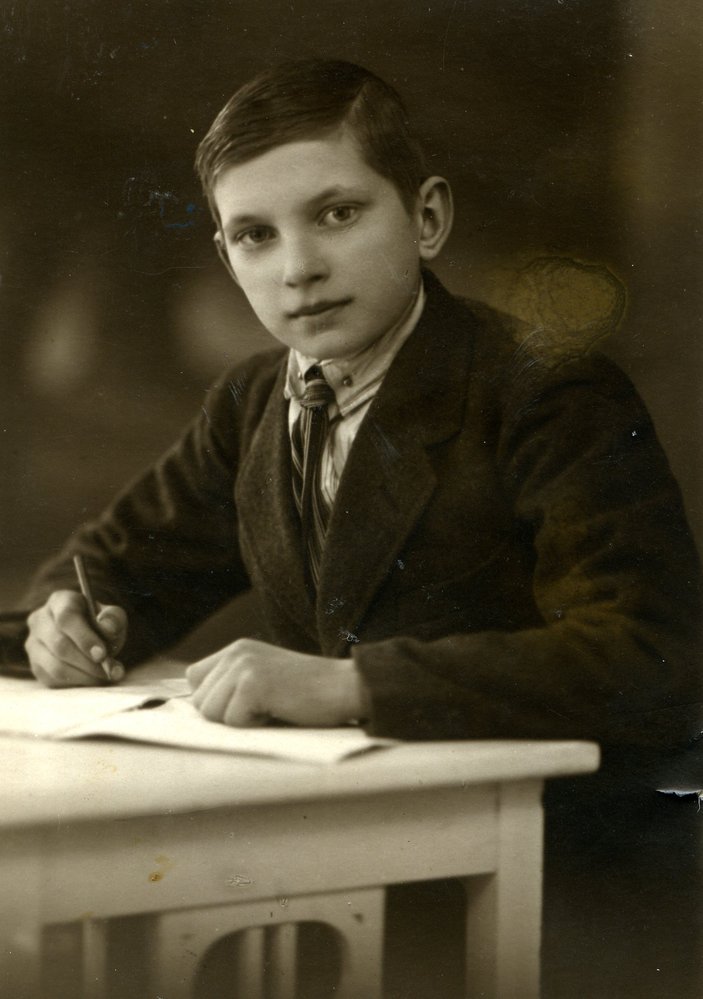Stop 26

The City Walls of
Medieval Riga. | Viduslaiku Rīgas pilsētas mūri.
Acrylic on masonite | Akrils uz
mesonīta, 34.25 in x 44.75 in (86.99 cm x 113.67 cm), c.1982.
The city of Riga was an established center of trade by the early Middle Ages. The vast estuary of the Daugava River at Riga was an important component of a waterway that created a trade route to Byzantium. Over the centuries, the port of Riga became a strategic asset desired by many powers. At the end of the 12th century, with the arrival of the Crusades and the spread of Christianity to the Baltic region, Riga emerged as a prosperous center of commerce. Once the city became a member of the Hanseatic League, Riga's importance grew. In this painting, my father captured the medieval city of the 15th and 16th centuries. His interpretation is based on period maps and documentation that he researched extensively. The merchant fleets seen in the upper sections of the painting are arriving in the Gulf of Riga. The city’s coat of arms is visible in the lower right-hand corner.
In His Own Words:
Riga: A City Remembered (Stops 26 – 28)
“While attending grade school in Riga, drawing was taught to me by Arturs Cimermanis, a scenographer who worked for the National Theater of Latvia. He took three young boys, including me, to visit his studio. Oh, the wonderful “theater blue” into which he permitted us to dip our brushes to discover our first painting strokes! At that time, I also had the opportunity to stealthily crawl up onto the upper catwalks of the stage and among the ropes. From a bird’s eye viewpoint above, I could peer downward among the gaps in the hanging drops to reveal the world of the actors rehearsing their performance. After that, back at home, I worked incessantly at building stage models and puppet theaters. The culmination of these sorts of activities ended in near disaster when my stage, fully lit up with Christmas candles, went up in flames.”
Viņa paša vārdos:
Rīga: Pilsēta atmiņās (26. – 28. pietura)
„Rīgā pamatskolā zīmēšanu pasniedza Nacionālā Teātra dekorātors Artūrs Cimermanis. Trīs zēnus, ieskaitot mani, viņš paņēma līdzi savā teātra darbnīcā. Ak, brīnišķīgais “teātra zilais,” kurā varēja iemērkt otu pirmiem triepieniem! Tad bija arī iespēja slepeni uzlavīties “šnorbēniņos,” kur no putna lidojuma skata, starp prospektu spraugām, atklājās aktieru tēlotāju pasaule. Pēc tam mājās nemitīgi sekoja “skatuves modeļu” un “leļļu teātra” būves. Šīs nodarbības kulminācija nobeidzās gandrīz ar ugunsgrēku, kad aizdegās ar Ziemsvētku svecītēm “izgaismots teātris.”
